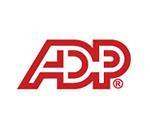
Companies are continually seeking ways to enhance efficiency, productivity, and ultimately, profitability. Workforce management platforms have emerged as a valuable solution to leading an organization’s workforce, from scheduling and time tracking to performance analytics and employee engagement. When evaluating whether or not to invest in a workforce management platform, leaders should understand the ROI across costs, compliance, engagement, and performance.
Labor Cost Reduction: One of the most immediate and impactful ROI aspects of a workforce management software is labor cost reduction. These platforms automate time and attendance tracking, ensuring accurate payroll processing and reducing the likelihood of time theft or buddy punching. By streamlining these processes, organizations can substantially cut labor costs, improving the bottom line and representing a significant ROI.
Reduced Administrative Burden: Manual workforce management processes, such as scheduling, time tracking, and payroll, can be incredibly time-consuming for HR and administrative staff. By automating these processes, organizations free up valuable administrative time, allowing these employees to focus on more strategic tasks. The reduced administrative burden not only saves time but also reduces the potential for errors, costly disputes or payroll corrections.
Enhanced Compliance and Risk Mitigation: Compliance with labor laws and regulations is crucial for businesses to avoid costly fines and legal issues. Workforce optimization solutions often include digital compliance related checklists and features that help organizations adhere to labor laws, union agreements, and other regulations. By minimizing compliance risks, companies not only save money on potential fines but also protect their reputation and brand image.
Improved Workforce Productivity: Workforce planning platforms empower organizations to optimize their workforce scheduling. Using data-driven insights and forecasting tools, these platforms help allocate the right number of employees with the right skills to meet operational demands efficiently. This not only reduces overstaffing and associated costs but also enhances workforce productivity.
Employee Engagement and Satisfaction: Employee engagement has a profound impact on an organization’s productivity and customer satisfaction. Workforce management technology can improve employee engagement by providing employees with more control over their schedules, allowing for shift preferences and time-off requests. Moreover, these platforms often include self-service features, empowering employees to access their schedules and manage their time, which can lead to higher job satisfaction.
Data-Driven Decision-Making: Workforce management tools collect a wealth of data on employee performance, scheduling efficiency, and labor costs. This data can be leveraged for informed decision-making, allowing organizations to continually optimize their workforce strategies. Data-driven insights enable organizations to identify areas of improvement, such as reducing overtime costs, reallocating resources, or identifying training needs.
Scalability and Growth: As businesses expand, managing a growing workforce becomes increasingly complex. Workforce management platforms are scalable and can adapt to accommodate the changing needs of an organization. This scalability reduces the need for extensive manual intervention when expanding, which can be costly and error-prone.
Competitive Advantage: Organizations that invest in workforce management solutions often gain a competitive advantage by delivering superior customer service, optimizing costs, and adapting to market changes more effectively. This competitive edge can lead to increased market share, revenue growth, and an overall higher ROI over time.
Customer Satisfaction and Loyalty: Ultimately, the ROI of workforce management software extends beyond internal operational benefits. An efficient, well-managed workforce is better equipped to deliver exceptional customer service. Higher customer satisfaction and loyalty result in repeat business, positive word-of-mouth referrals, and potentially higher revenue. The impact of improved customer satisfaction on ROI may be indirect but is undoubtedly a significant driver of long-term profitability.
Investing in a workforce management platform is not just an expense; it’s an investment that yields a substantial return. From reducing labor costs and improving productivity to enhancing compliance, employee engagement, and decision-making, the ROI of these platforms is multifaceted and far-reaching. As businesses continue to compete in an ever-changing marketplace, the adoption of workforce management technology becomes not just an option but a strategic imperative.
Schedule a custom demo to see the ROI your company could see with a workforce management solution like TeamWherx®.
Share this post:
About the author : Actsoft Team
Actsoft’s team of industry experts have their fingers on the business world’s pulse. It’s our mission to deliver the latest news to keep you and your leaders on top of the latest trends, further helping you to excel and exceed your goals.

















 Encore & Geotab Drive
Encore & Geotab Drive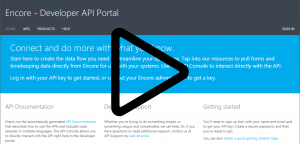
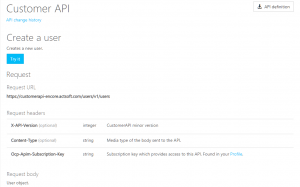
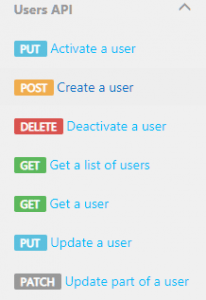


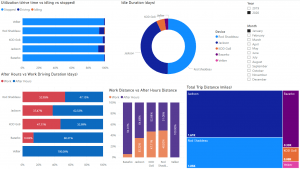
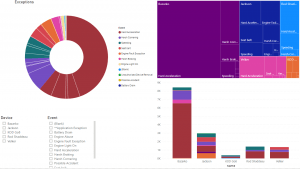


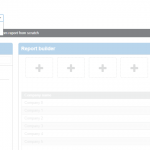

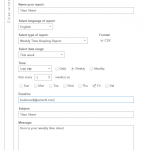





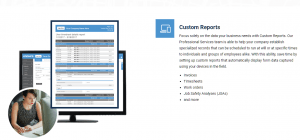

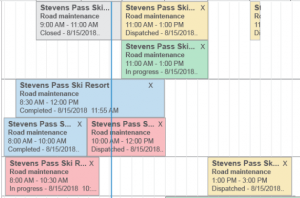


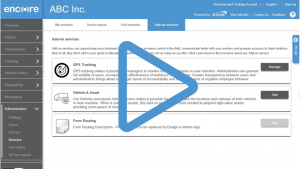
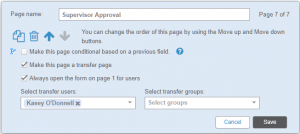
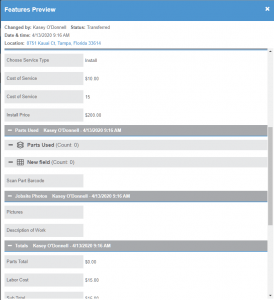
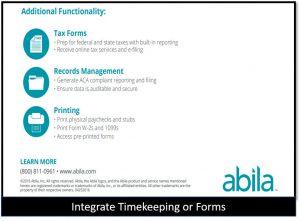
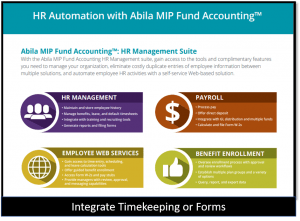
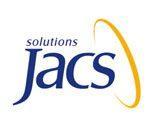
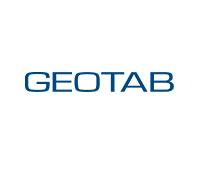 Gain even greater insight into the daily activities of your fleet using the combination of Geotab and Actsoft. Geotab devices provide detailed data collection and seamless integration with our solutions; learn more about the ways your vehicles are being used daily with the power of this tandem.
Gain even greater insight into the daily activities of your fleet using the combination of Geotab and Actsoft. Geotab devices provide detailed data collection and seamless integration with our solutions; learn more about the ways your vehicles are being used daily with the power of this tandem.

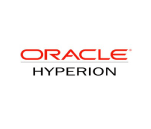

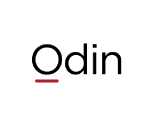 Actsoft partnered with Odin to provide our solutions overseas, through payment processing integrations. Odin helps us support user management for our software; customers can also purchase our products through Odin’s billing platform.
Actsoft partnered with Odin to provide our solutions overseas, through payment processing integrations. Odin helps us support user management for our software; customers can also purchase our products through Odin’s billing platform.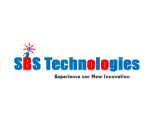

 VisTracks powers our Electronic Logging Device (ELD) solution, which enables transportation businesses to easily automate their hours of service logs, remain in governmental compliance, and reduce their potential to incur costly fines.
VisTracks powers our Electronic Logging Device (ELD) solution, which enables transportation businesses to easily automate their hours of service logs, remain in governmental compliance, and reduce their potential to incur costly fines. Integration between Actsoft solutions and BeWhere’s software products is available. Take your team’s asset tracking, cellular data connectivity, and field insight a step further with effective, cross-application compatibility.
Integration between Actsoft solutions and BeWhere’s software products is available. Take your team’s asset tracking, cellular data connectivity, and field insight a step further with effective, cross-application compatibility.
 CalAmp tracking devices for vehicles and assets alike are compatible with Actsoft solutions, making it easy for you to efficiently monitor your equipment and fleet cars. Help your team enhance accountability, safety, and savings through a combination of easily installed hardware and intuitive software.
CalAmp tracking devices for vehicles and assets alike are compatible with Actsoft solutions, making it easy for you to efficiently monitor your equipment and fleet cars. Help your team enhance accountability, safety, and savings through a combination of easily installed hardware and intuitive software.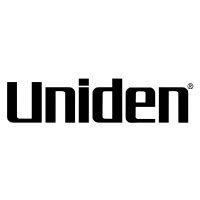 Our partnership with Uniden is ideal for companies looking to gain advanced diagnostics on their fleets. Uniden’s extensive product listing of car electronics like radios, dash cams, radar detectors, and in-vehicle communicators work in concert with Actsoft’s solutions to better connect your vehicles to the company headquarters.
Our partnership with Uniden is ideal for companies looking to gain advanced diagnostics on their fleets. Uniden’s extensive product listing of car electronics like radios, dash cams, radar detectors, and in-vehicle communicators work in concert with Actsoft’s solutions to better connect your vehicles to the company headquarters.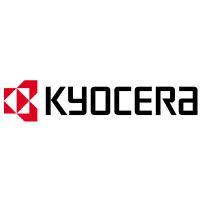 Kyocera offers a wide range of mobile devices, ranging in design from traditional phones to ultra-durable handset technology. Actsoft is able to equip organizations in a variety of different industries with solutions for improved business, while Kyocera supplies the technology they can flawlessly operate on.
Kyocera offers a wide range of mobile devices, ranging in design from traditional phones to ultra-durable handset technology. Actsoft is able to equip organizations in a variety of different industries with solutions for improved business, while Kyocera supplies the technology they can flawlessly operate on.

 Our software is the perfect complement to Apple’s user-friendly technology. Equip your workforce with the devices and solutions it needs for optimized productivity during daily operations with Apple and Actsoft.
Our software is the perfect complement to Apple’s user-friendly technology. Equip your workforce with the devices and solutions it needs for optimized productivity during daily operations with Apple and Actsoft.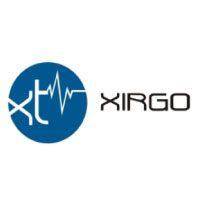
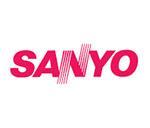 Actsoft and Sanyo teamed up to merge intuitive business management software with the technology of today. This partnership allows us to provide you with all the tools your team needs for improved workflows, better coordination, and optimized productivity.
Actsoft and Sanyo teamed up to merge intuitive business management software with the technology of today. This partnership allows us to provide you with all the tools your team needs for improved workflows, better coordination, and optimized productivity. Motorola’s mobile technology works in tandem with our solutions to provide extra versatility to your business practices. Coupled with our software’s features, Motorola’s reliable devices make connecting your workforce simpler than ever to do.
Motorola’s mobile technology works in tandem with our solutions to provide extra versatility to your business practices. Coupled with our software’s features, Motorola’s reliable devices make connecting your workforce simpler than ever to do. We’re able to bundle certain solutions of ours (including our Electronic Visit Verification options) with Samsung devices to help your team achieve as much functionality as possible, while keeping rates affordable. Use these combinations for accurate recordkeeping, improved communication, and smarter data collection in the field.
We’re able to bundle certain solutions of ours (including our Electronic Visit Verification options) with Samsung devices to help your team achieve as much functionality as possible, while keeping rates affordable. Use these combinations for accurate recordkeeping, improved communication, and smarter data collection in the field.